“Ensuring the Perfect Fit: A Comprehensive Guide to Measuring Your Dog’s Collar”
** Introduction :- How to measure dog collar **
The correct fit of your dog’s collar is essential for their comfort and safety. A collar that is too tight can cause discomfort and even health issues, while a collar that is too loose can slip off, creating a potentially dangerous situation. Knowing how to measure a dog collar correctly ensures that your furry friend stays safe and comfortable.

Table of Contents
To measure a dog’s collar, you will need a flexible measuring tape or a piece of string and a ruler. The goal is to measure the circumference of your dog’s neck where the collar will sit. You should be able to fit two fingers between the collar and your dog’s neck to make sure it’s not too tight. This simple method ensures that the collar is snug yet comfortable, providing the perfect balance of protection and comfort for your dog.
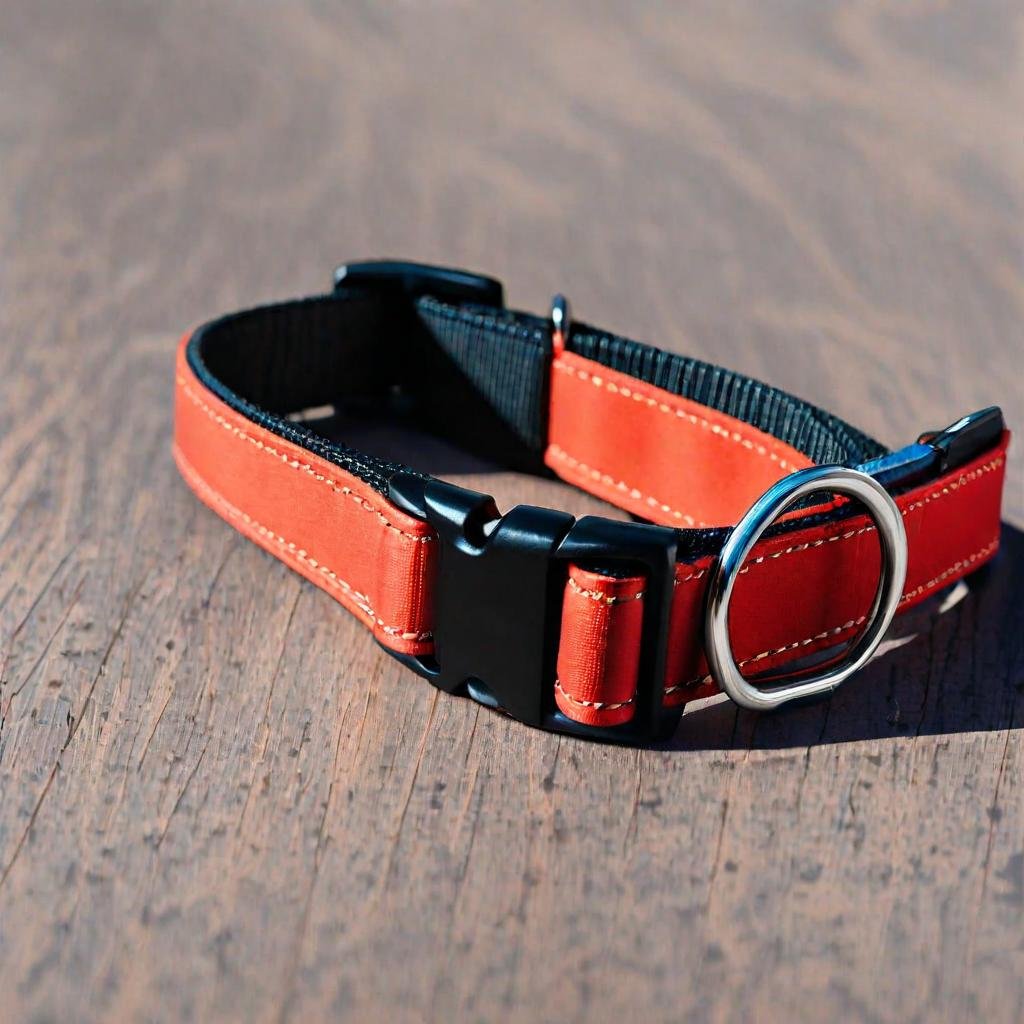
In this guide, we’ll walk you through the step-by-step process of accurately measuring your dog’s neck, discuss the different types of collars, and how to adjust the fit for growing puppies and different types of fur. Will provide suggestions regarding. By the end, you’ll have all the information you need to make sure your dog’s collar fits perfectly. Let’s learn how to properly measure a dog collar and keep your pup safe and happy.
Understanding Dog Collar Sizes ;
Understanding dog collar sizes is important for your pet’s comfort and safety. Dog collars come in a variety of sizes to accommodate different breeds and neck sizes, typically ranging from extra small to extra large. But just knowing the size range is not enough; You need to accurately measure your dog’s neck to ensure proper fit.
To understand how to measure dog collar size, start with a flexible measuring tape or piece of string. Measure around the base of your dog’s neck where the collar will sit. Add two fingers under the tape to make sure it’s not too tight, which helps prevent discomfort and gives breathing room. This method ensures that the collar is comfortable as well as comfortable.
Different types of collars, such as buckle collars or martingale collars, may require slightly different measurements or adjustments. For example, martingale collars are designed to tighten slightly when pulled, so accurate size is even more important.
By knowing how to properly measure dog collar size, you can choose the right collar that won’t slip or cause harm. This understanding is the key to keeping your dog safe, comfortable and happy on walks and during daily activities.
Materials Needed for Measuring ;
When it comes to measuring your dog’s collar, having the right material ensures accuracy and ease. Here’s what you’ll need:
1. Flexible Measuring Tape:
This is the simplest tool for measuring your dog’s neck circumference. This allows for precise measurement and flexibility around the contours of your dog’s neck.
2. String and ruler:
If you don’t have a measuring tape, a piece of string or yarn can also work. Wrap it around your dog’s neck and then measure the length with a ruler. Make sure the string is snug but not tight, and add a little extra length to adjust for comfort.
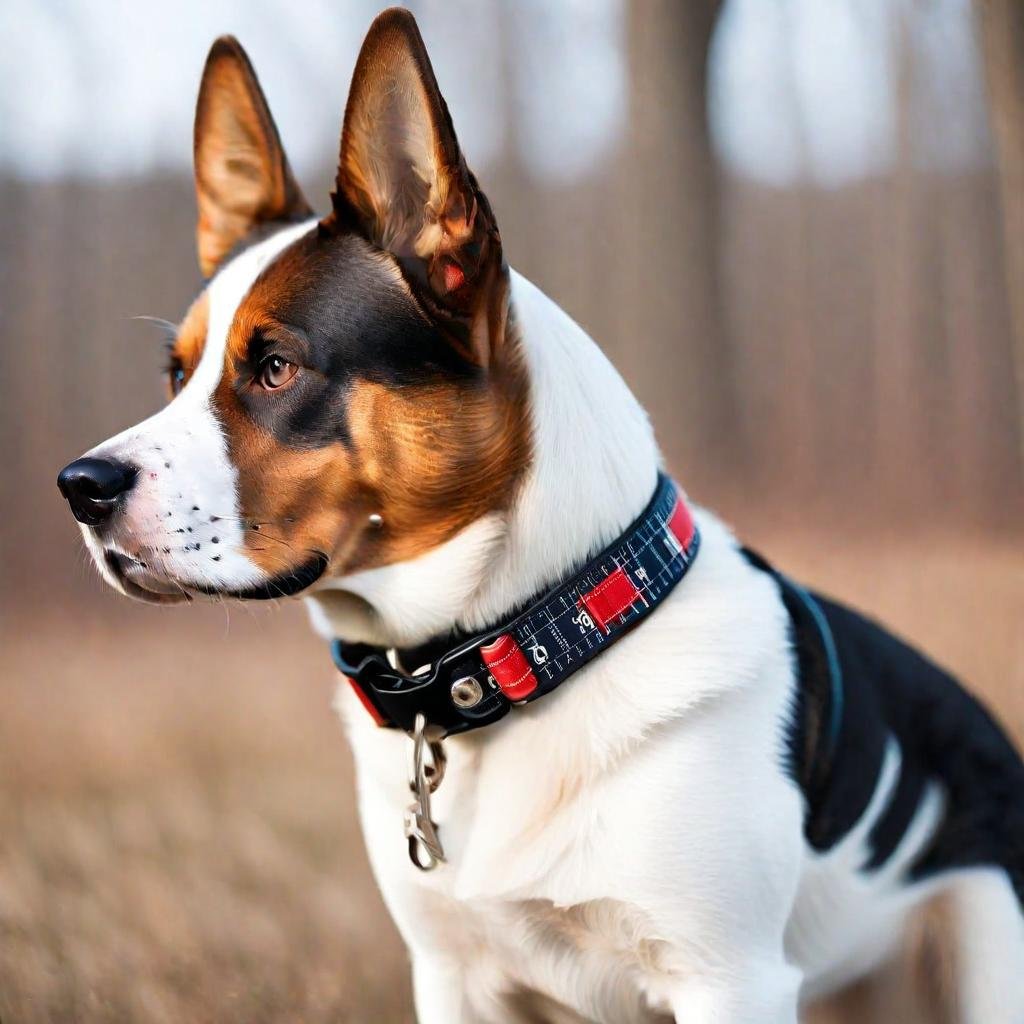
3. Pen and paper:
Although these are not measuring tools, having them on hand ensures you can take measurements and write down any notes. This is especially useful if you’re comparing collar sizes or need to remember specific measurements for different collar types.
These tools are simple but effective for accurately measuring your dog’s collar. Whether you choose a measuring tape or string and ruler, the goal is to make sure the collar fits comfortably and securely. By gathering these materials in advance, you will be well prepared to find the right collar size for your furry friend.
Step by Step Guide to Measuring Your Dog’s Neck ;
Measuring your dog’s neck for a collar is a straightforward process when done step-by-step:
1. Prepare your dog:
Find a quiet place where your dog feels calm. It is easier to measure when they are relaxed and standing comfortably.
2. Use your tool:
Grab your flexible measuring tape or string. If using lanyard, wrap it gently around the base of your dog’s neck where the collar will sit. Mark the point where the string meets itself.
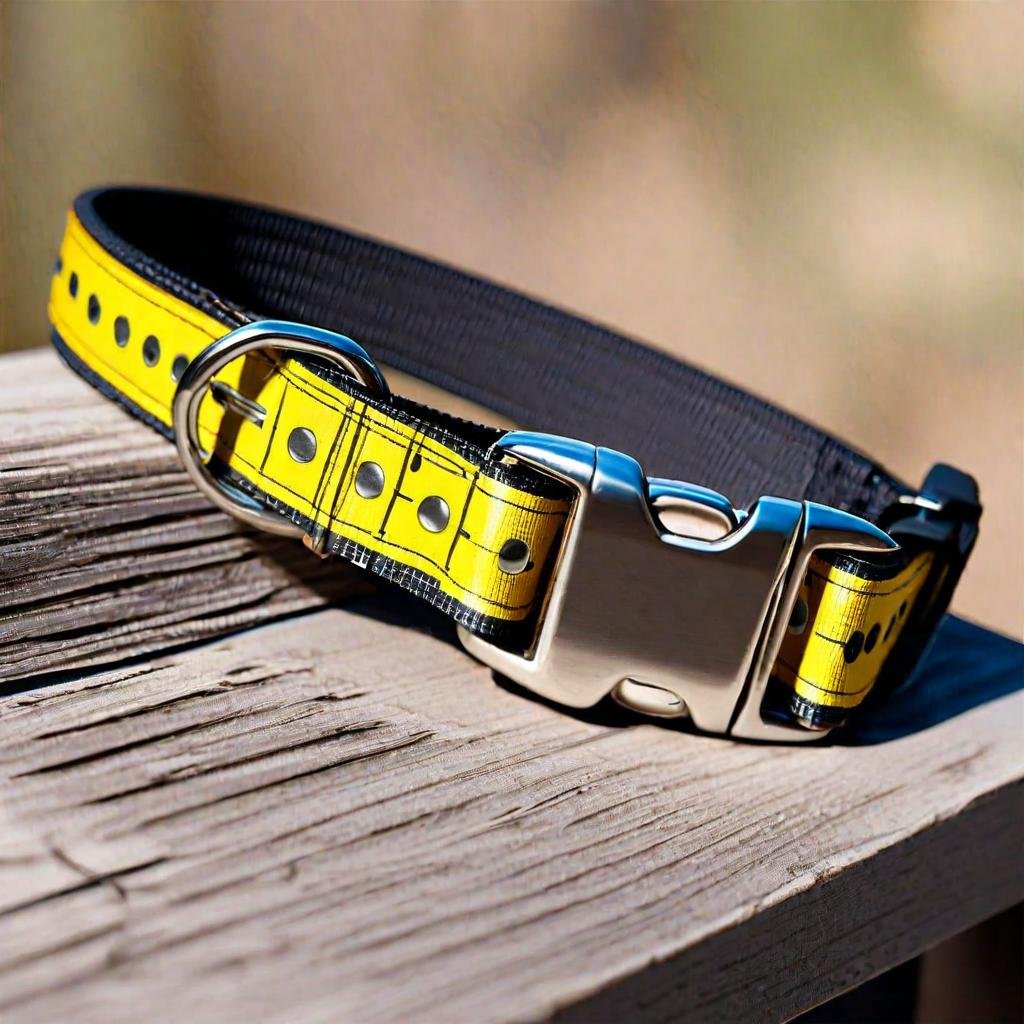
3. Measurement:
Lay the string or measuring tape flat and note the measurement. This number represents the circumference of your dog’s neck.
4. Check comfort:
Make sure the fit is comfortable but not tight. You should be able to comfortably fit two fingers between the collar and your dog’s neck. This allowance prevents friction and allows normal movement.
5. Consider collar type:
Different collar styles, such as buckle or martingale, may require specific adjustments or measurements. For example, martingale collars tend to tighten when pulled on, so you may need a little looser in the initial fit.
6. Record the measurement:
Note down the measurement for future reference. This helps when choosing or adjusting a collar.
Following these steps ensures that your dog’s collar fits correctly, providing both comfort and safety during walks and play.
Choosing the Right Collar Based on Measurements ;
Choosing the right collar for your dog involves more than just choosing the right size; It is all about choosing the one that matches their needs and lifestyle based on accurate measurements.
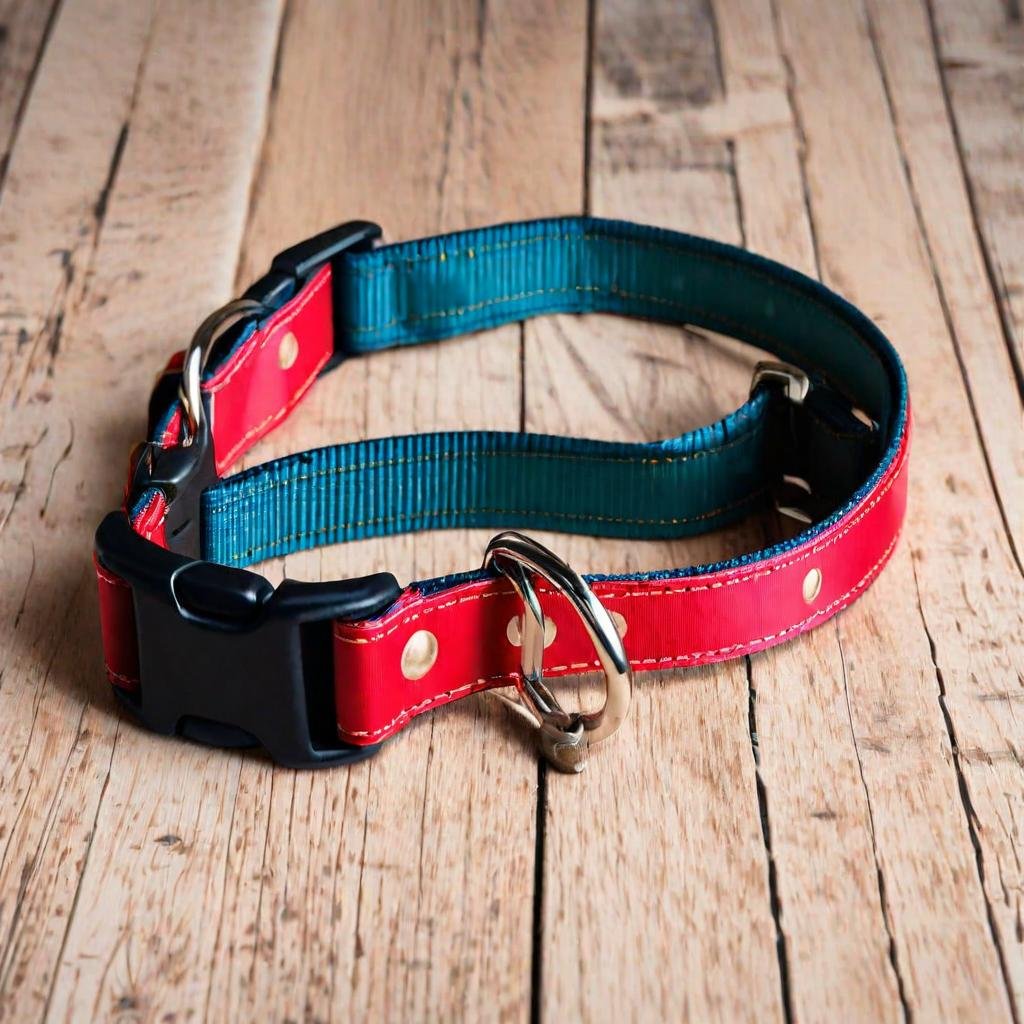
1. Size Matching:
Use your dog’s neck measurement to find a collar size that fits tightly but comfortably. Most collar sizes relate to neck measurements, ensuring a secure fit without being too tight.
2. Consider the collar type:
Depending on your dog’s behavior and activities, different types of collars offer different benefits. For example, buckle collars are standard for everyday use, while martingale collars are ideal for dogs who tend to slip out of traditional collars.
3. Materials and durability:
Choose a collar made of a durable material like nylon or leather, especially for active dogs. Make sure the hardware is sturdy and won’t break easily during walking or playing.
4. Reflective or LED options:
If you walk your dog at night, consider a collar with reflective stripes or LED lights for added visibility and safety.
5. Comfort and adjustment:
Look for a collar with padding or smooth edges to prevent friction. Adjustable collars allow for growth or change in the thickness of your dog’s fur over time.
By matching your measurements with the right collar type and features, you can ensure that your dog remains safe, comfortable and stylish on all his adventures.
Additional Considerations ;
In addition to measuring your dog’s neck and choosing the right size and type of collar, there are some additional things to keep in mind:
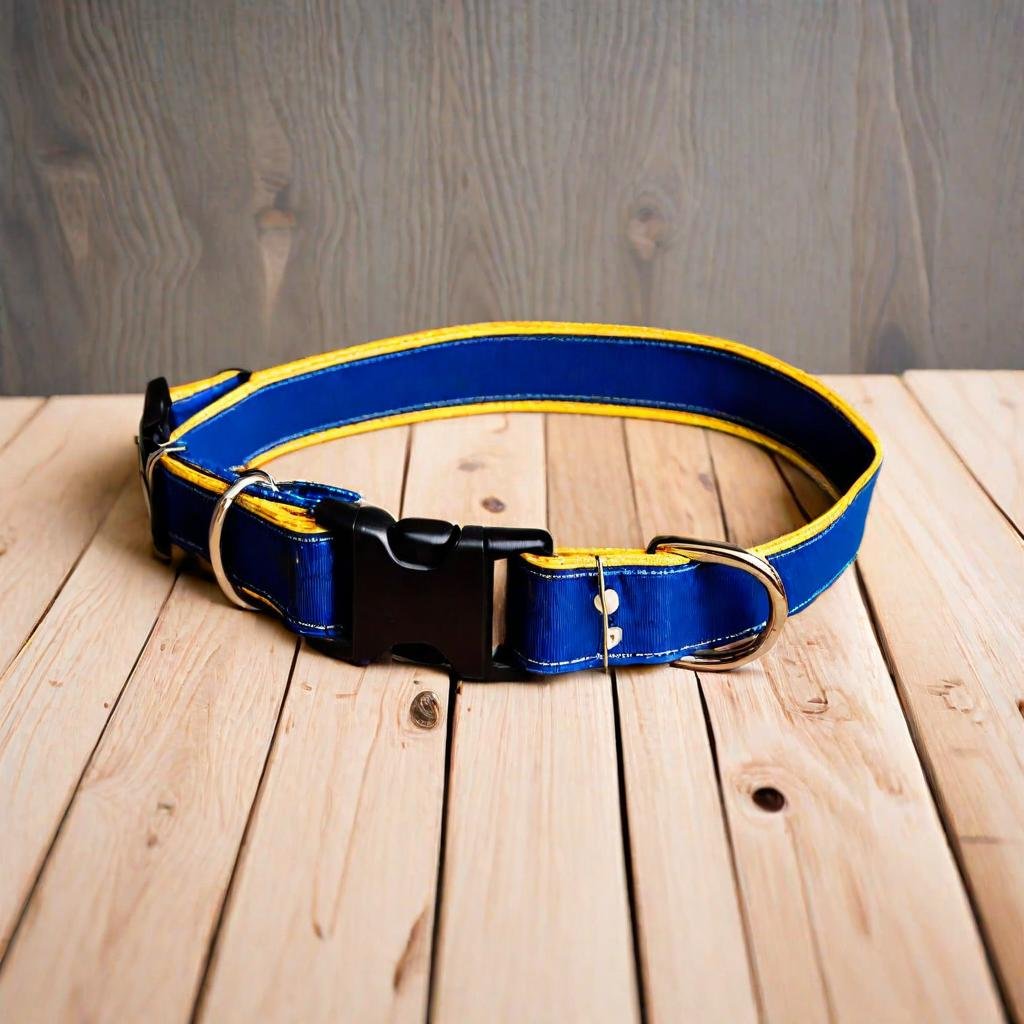
1. Adjusting for growth:
If you have a puppy, estimate their growth rate when choosing a collar. Choose an adjustable collar that can grow with them to save on replacements.
2. Fur thickness:
Dogs with thicker fur may require a slightly larger collar to ensure it fits comfortably around their neck. Keep this in mind when measuring and choosing a collar size.
3. Checking the fit regularly:
Even after initially measuring and fitting the collar, check its fit regularly. Dogs may gain or lose weight, and collars can stretch over time. Make sure it still comfortably allows the two-finger rule.
4. Attaching Identification Tags:
Leave enough room on the collar to attach an identification tag with your dog’s name and your contact information. This is important for their safety if they ever get lost.
5. Special Needs:
Some dogs may need special collars, such as a GPS tracking collar or medical alert collar. Consider these requirements when choosing collar type and size.
Keeping these extra points in mind ensures that your dog’s collar remains effective, comfortable, and safe throughout its life. Regular checkups and adjustments will keep them happy and safe during walks and everyday activities.
Common Mistakes to Avoid ;
Avoiding common mistakes when measuring your dog’s collar can ensure their comfort and safety:
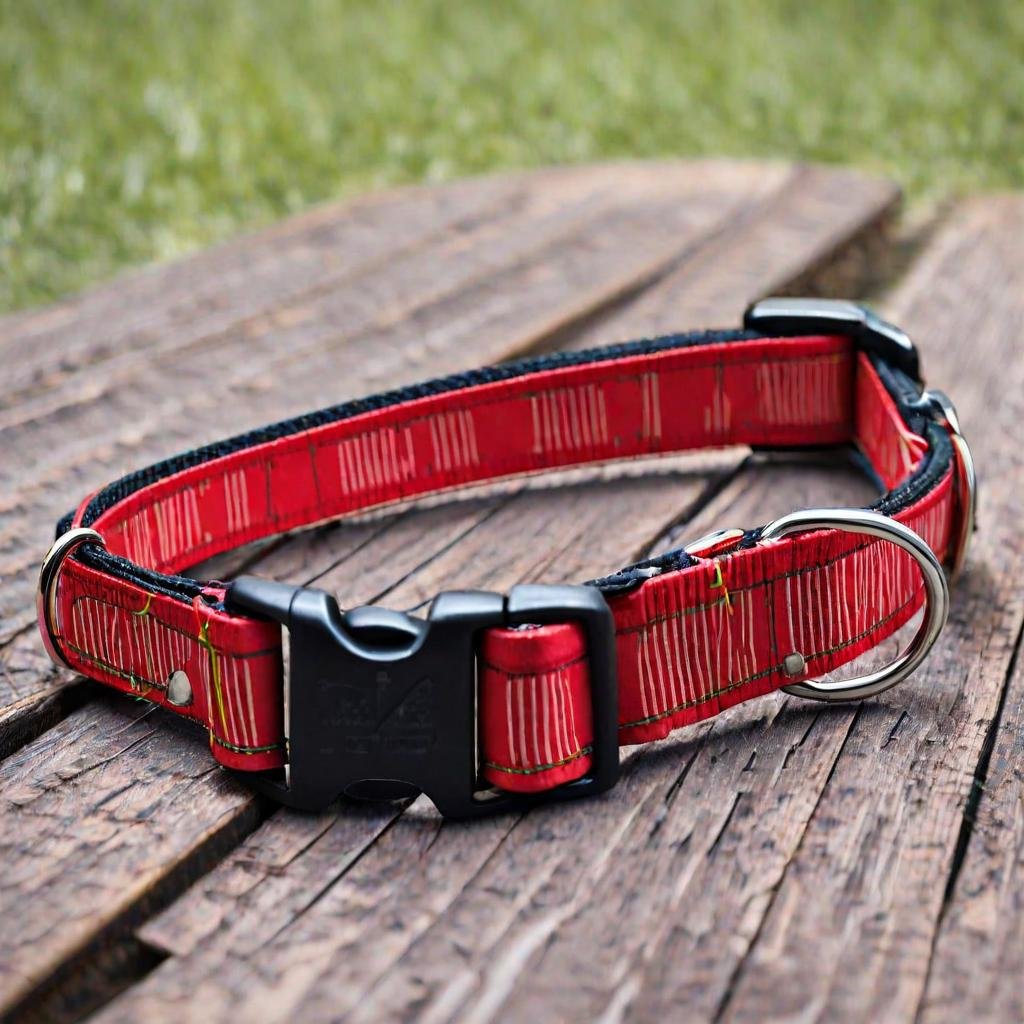
1. Measuring comfortably enough:
A collar that is too loose may slip, while one that is too tight may cause discomfort or even injury. Always measure tightly around your dog’s neck to ensure proper fit.
2. Forgetting to account for fur thickness:
Dogs with thick fur may require a larger collar size to accommodate their voluminous necks. Measure with their fur in mind to avoid a tight fit that could damage their fur or cause irritation.
3. Neglecting regular checks:
Over time, collars can stretch or wear out. Check the fit regularly to make sure it still allows the two-finger rule comfortably. Adjust or replace the collar as needed.
4. Ignoring weight changes:
Dogs can gain or lose weight, which affects the shape of their neck. If your dog’s weight changes significantly, measure their neck again to make sure the collar fits properly.
5. Overlooking safety features:
Make sure the collar has safety features like a quick-release buckle or a breakaway collar, especially for active dogs that can get caught in objects during play.
By avoiding these common pitfalls, you can ensure that your dog’s collar fits correctly, providing them with comfort and protection during walks and everyday activities. Regular monitoring and adjustments will keep them safe and happy in their collar.
** Conclusion **
Ultimately, mastering how to measure your dog’s collar ensures they remain safe, comfortable, and stylish on all of their adventures. By following a few simple steps and considering key factors like neck size, collar type, and additional features, you can find the perfect fit for your furry friend.
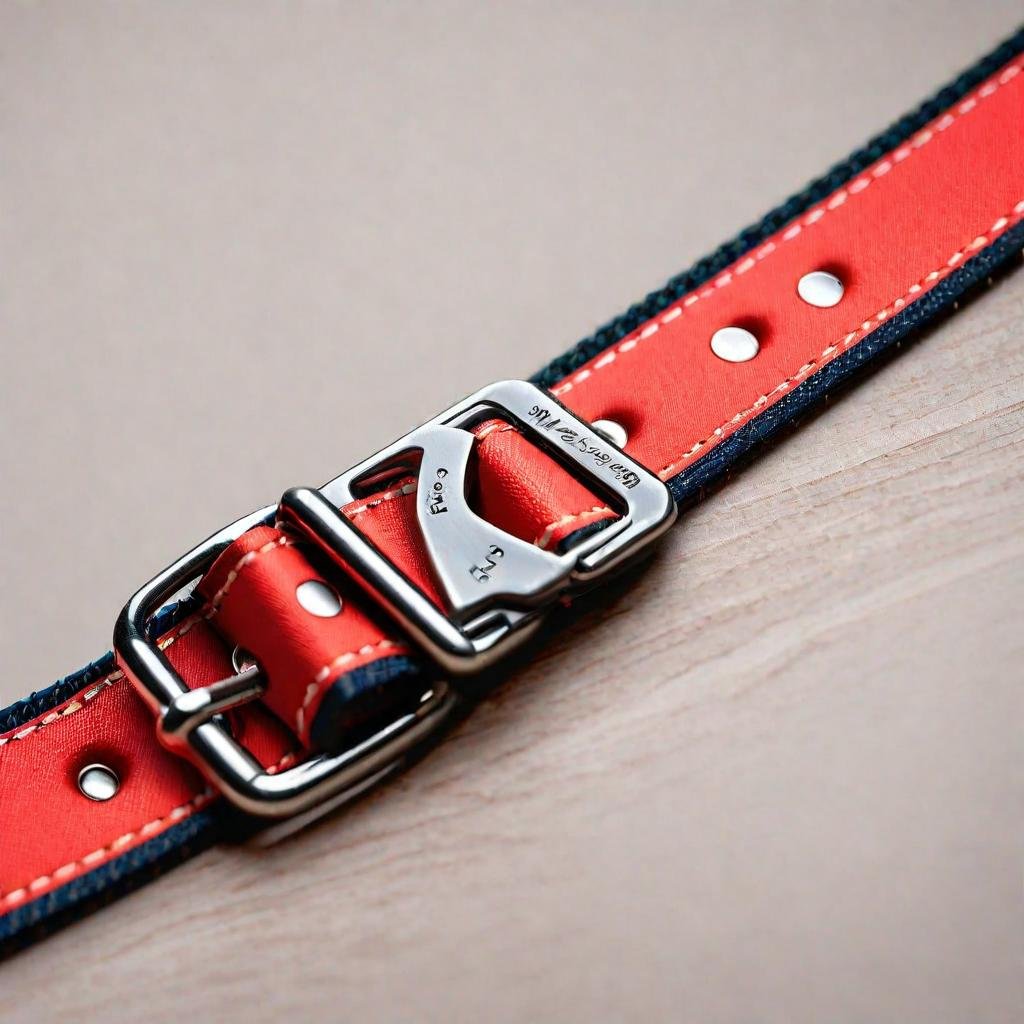
Accurate measurement is the foundation of a well-fitting collar. Remember to use a flexible measuring tape or string to measure tightly around your dog’s neck, allowing room for two fingers for comfort. This ensures that the collar is secure without being too tight.
Choosing the right collar type, such as buckle or martingale, based on your dog’s behavior and activities increases their safety and your peace of mind. Consider materials that are durable as well as comfortable, especially for active dogs, and think about features like reflective strips for nighttime visibility.
Finally, check the fit of the collar regularly, especially as your dog grows or changes weight. A properly fitted collar with identification tag provides essential information if your dog ever gets lost.
By taking the time to measure and choose the right collar, you are ensuring your dog’s well-being and happiness during every walk and play session.
You might be interested in reading this post Apple Air tag Dog Collar
“Ensuring the Perfect Fit: A Comprehensive Guide to Measuring Your Dog’s Collar” ** Introduction :- How to measure dog collar ** The correct fit of your dog’s collar is essential for their comfort and safety. A collar that is too tight can cause discomfort and even health issues, while a collar that is too loose…
You can read this posthttps://tomeshnews.co.in/spoton-dog-collar/?amp=1
How do I measure my dog’s neck for a collar?
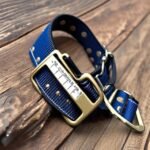
Use a flexible measuring tape or string, wrap it snugly around the base of your dog’s neck, and add space for two fingers to ensure a comfortable fit.
What if my dog’s neck measurement falls between collar sizes?
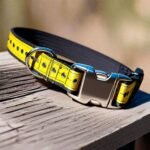
Choose the larger size to ensure the collar isn’t too tight. Many collars are adjustable for a better fit.
How often should I check my dog’s collar fit?

Check the fit regularly, especially during growth periods or if your dog’s weight changes. Ensure it still allows for the two-finger rule comfortably.
Can I use a regular tape measure or ruler instead of a flexible tape?
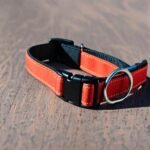
Yes, you can use a string and ruler as an alternative. Wrap the string around your dog’s neck and measure it against a ruler.
What should I do if my dog’s collar seems too loose or too tight?
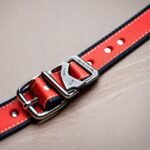
Adjust the collar accordingly. It should fit snugly but comfortably. If in doubt, consult with your veterinarian or a professional dog trainer.
